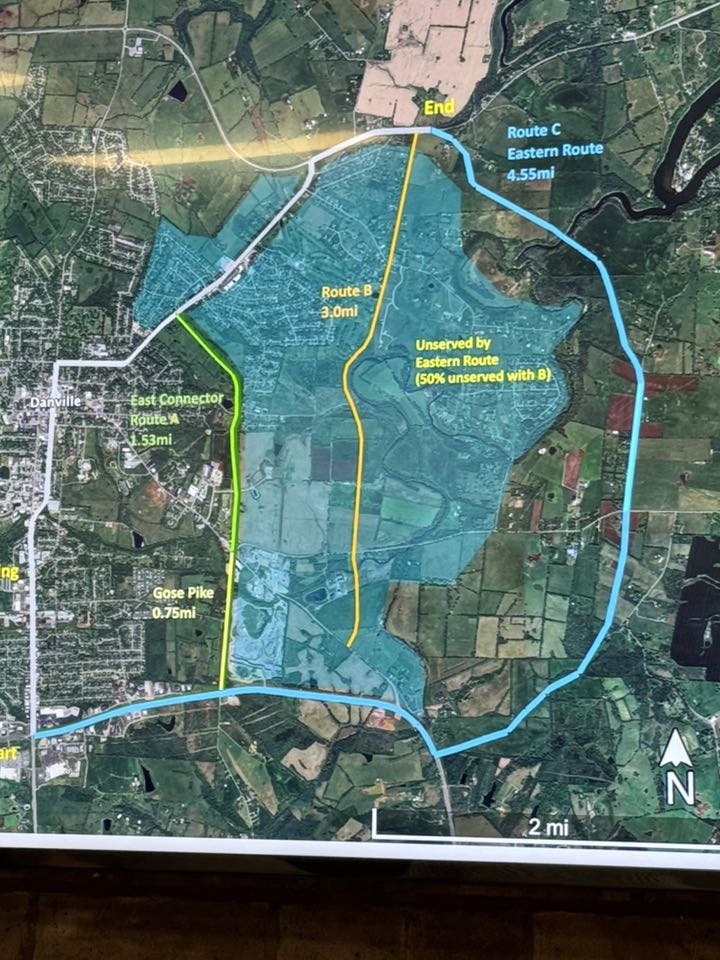Kentucky Climate Center developing drought warning system
Published 6:42 am Tuesday, August 14, 2018
By AARON MUDD
Bowling Green Daily News
A new $200,000 grant will allow the Kentucky Climate Center at Western Kentucky University to develop a statewide drought warning system that could avert economic disaster for farmers.
Trending
“We’re trying to provide information that will help people make better decisions so that they will be more likely to survive the economic difficulties that could be created by a drought,” said State Climatologist Stuart Foster, director of the Kentucky Climate Center.
The two-year grant is from the National Oceanic and Atmospheric Administration. It will allow the center to build off of the Kentucky Mesonet, which is a network of 69 weather stations spanning 67 counties headquartered at WKU. The project is part of NOAA’s National Integrated Drought Information System.
Work on the project will include several components, such as installing soil moisture and temperature probes at 10 additional sites within the Kentucky Mesonet network.
The project will also include developing an online dashboard for users to track climatic conditions, a webinar series and information graphics for communicating drought conditions to the general public, a news release said.
The Kentucky Climate Center will host a kickoff meeting Sept. 6 in Frankfort.
Kentucky’s most recent extreme drought happened in 2012, but the state has a history of significant droughts. A drought in the late fall of 2016 sparked wildfires in eastern Kentucky.
Trending
Unlike tornados and other natural disasters, droughts develop slowly “and very commonly one doesn’t realize they’re in a drought until it’s already happening,” Foster said.
The warning system could help inform a wide range of issues, including state-level water monitoring, irrigation in agriculture and water consumption at the local level.
With heat waves often accompanying droughts, the system could help the energy sector better plan for spikes in electricity demand. And on the local level, it could help officials decide on burn bans.
“It’s really just trying to keep people better informed about conditions before it gets to be too late,” Foster said of the system’s purpose.
That’s especially true for farmers, whose livelihood depends on good weather. Although Kentucky has an abundant supply of water now, climate change could make it less readily available.
Foster said in a news release that climate change projections over the coming decades suggest the region will become, on average, wetter in the winter and spring and drier in the summer and fall.
“When combined with higher summertime temperatures, we are likely to become more vulnerable to drought, making the management of our state’s water resources even more important than it is today,” he said.
Foster said that change could affect crop varieties, planting dates and other agricultural decisions.
“The changing climate will put stress on our agriculture system and on other aspects of our economy,” he said.
On the other hand, Kentucky’s ample supply of water could position it for greater economic growth in comparison with other parts of the country. But that requires careful management now, Foster said.
“Kentucky could become a more strategic location for economic growth and development for the future,” Foster said. “If we manage that resource well then we can benefit from that.”






